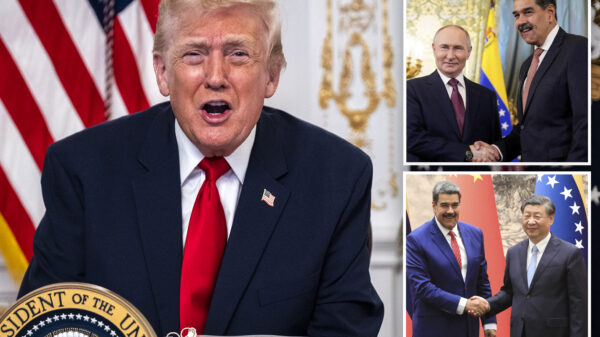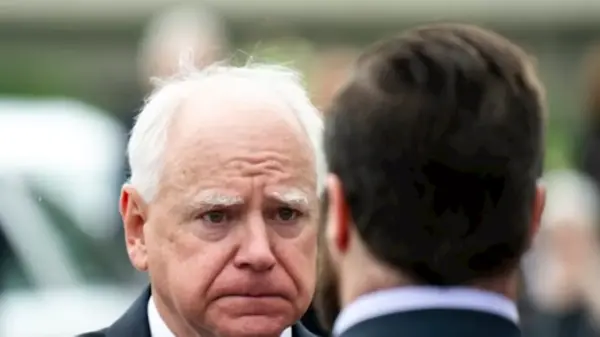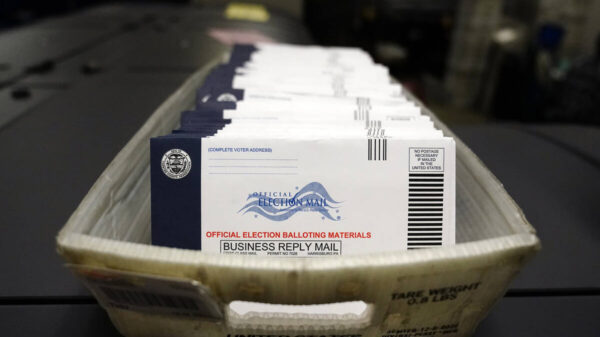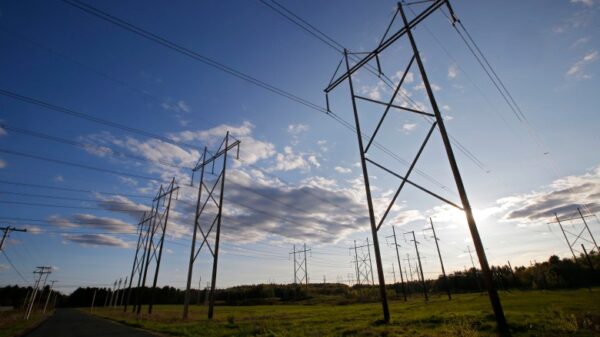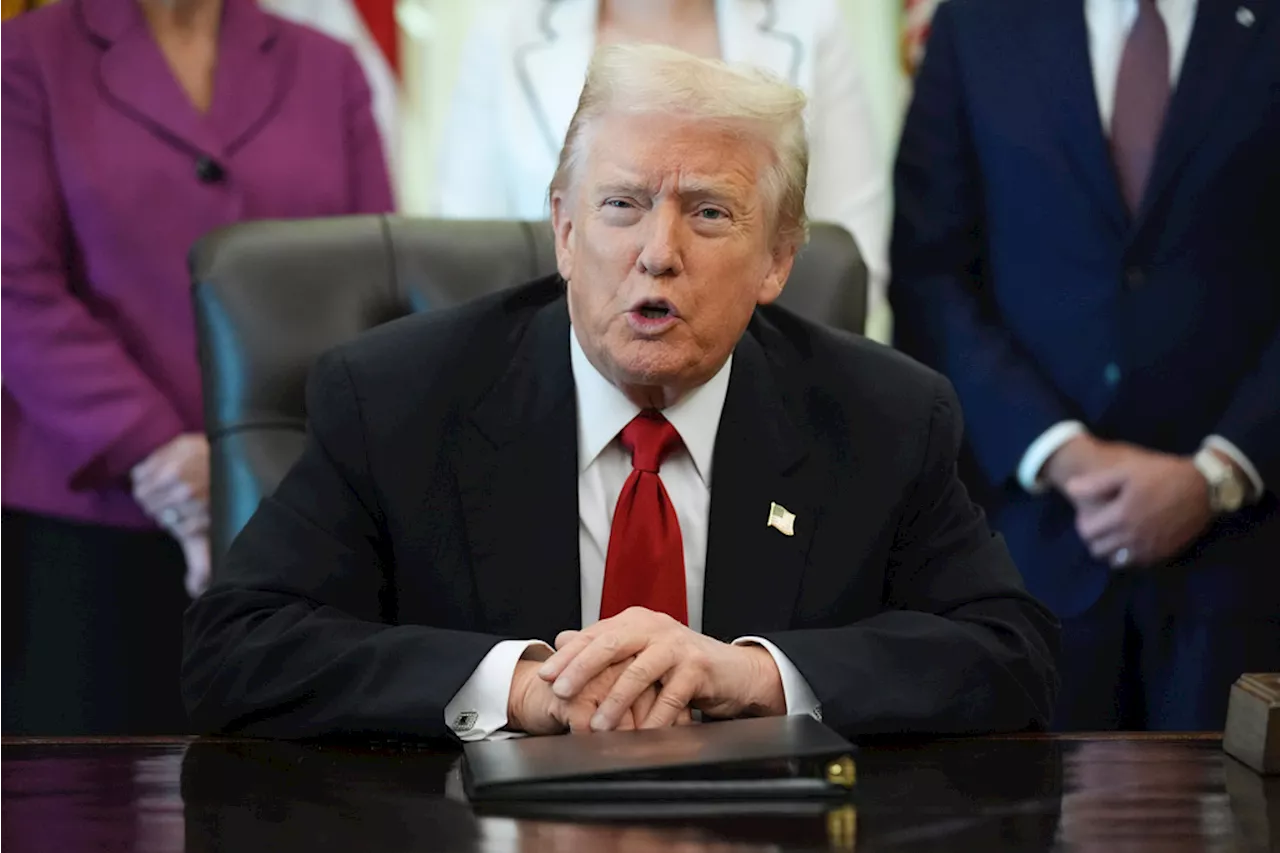Former President Donald Trump has proposed a direct payment of “at least $2,000 a person” funded by tariff revenues, stirring discussion about the economic implications of his administration’s trade policies. In a recent post on Truth Social, Trump criticized opponents of tariffs, labeling them as “FOOLS,” and touted the financial success of the United States under his leadership.
As of September 2023, the Treasury Department reported that the administration had collected approximately $195 billion in tariff duties. Trump claimed this influx of revenue has positioned the U.S. as “the Richest, Most Respected Country In the World” with record levels in the stock market and minimal inflation. He expressed confidence that this revenue could help address the nation’s substantial debt, currently estimated at $37 trillion.
Despite the optimistic rhetoric, the current climate presents challenges. As of October 13, 2023, the average effective tariff rate stands at 18%, the highest level since 1934. These tariffs have been criticized for contributing to economic uncertainty, a situation exacerbated by the recent government shutdown, which halted small business loans and led to job losses among federal employees.
In an interview on ABC News, Trump’s advisor, Stephen Bessent, discussed the potential for the proposed $2,000 dividend. Bessent suggested that this could manifest in various forms, including tax reductions on tips, overtime, and Social Security contributions. He defended Trump’s tariff policies, asserting that the revenue generated is not a concern in the ongoing legal challenges surrounding tariffs at the Supreme Court.
The Supreme Court heard arguments last week regarding the legality of these tariffs. If the court deems tariffs to be a form of taxation, it may rule against them, as the authority to levy taxes lies with Congress, not the presidency. In the Senate, Senator Josh Hawley has introduced a bill proposing $600 in tariff rebates to nearly all Americans, reflecting a growing discussion on how to redistribute tariff revenue.
Trump’s assertions about tariffs being beneficial for the economy are part of a larger narrative he has promoted, claiming they represent a “BONANZA FOR AMERICA.” As legal proceedings unfold and the financial landscape changes, the implications of these policies will continue to attract scrutiny from both supporters and detractors.
In summary, Trump’s proposal of a $2,000 dividend linked to tariff revenues highlights a complex intersection of trade policy, economic management, and legal interpretation. The outcome of the ongoing Supreme Court case could significantly influence future tariff strategies and their impact on American consumers and businesses.










